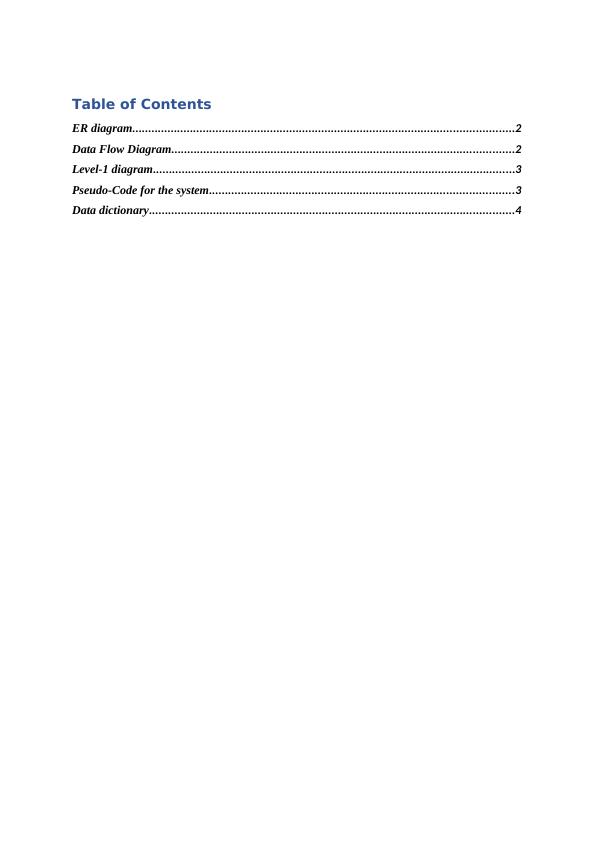Desklib - ER Diagram, Data Flow Diagram, Pseudo-Code, Level-1 Diagram, Data Dictionary
Added on 2023-06-07
8 Pages1002 Words488 Views
End of preview
Want to access all the pages? Upload your documents or become a member.
Central Heating Control System V10 (CHCSV10) - Entity Relationship Diagram, Data Flow Diagram, Control Flow Diagram, Process Specification, Control Specification
|18
|3351
|481
Software Engineering Method for Real Time Software Modelling
|10
|1760
|497
Software Engineering Methodologies for Real Time Software Modelling: A Case Study of Heat Company's CHCSV10 Project
|9
|1730
|308
Water Heating Software Development using Software Engineering Principles
|15
|1398
|305
Requirements Analysis of Real-Time Central Heating Control System V10
|18
|1318
|191
Software Engineering Methodologies for Heat Company's Central Heating Control V10 Project
|10
|799
|340



